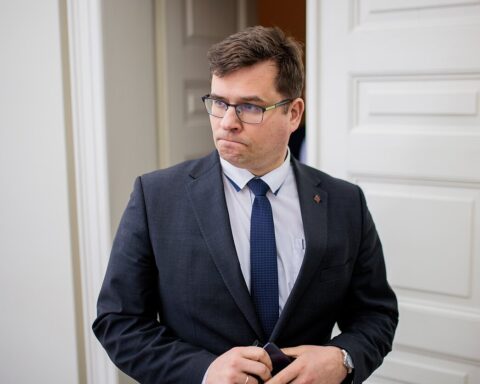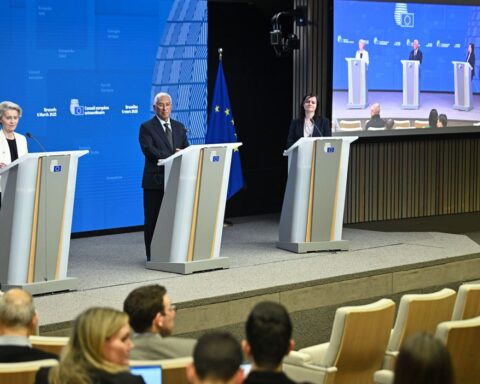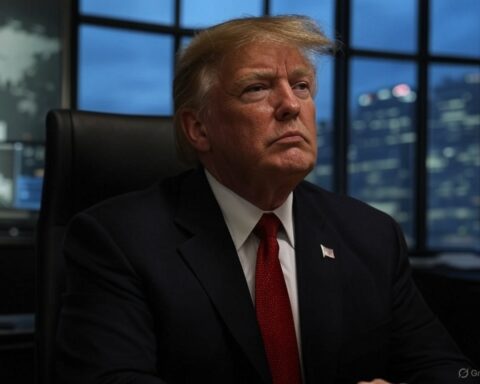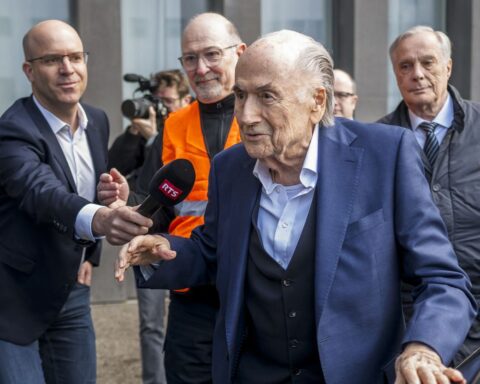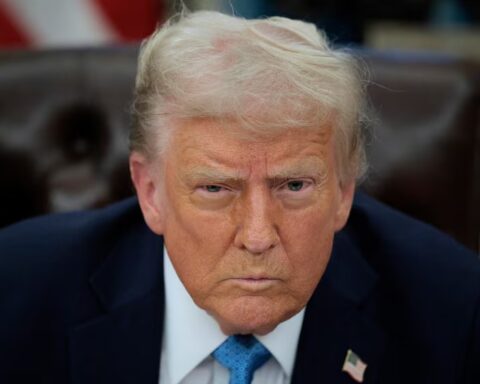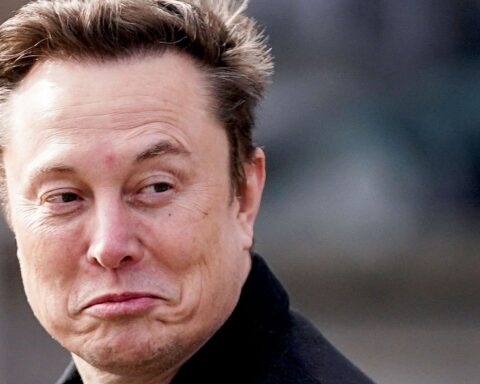Russian forces say they have made slight territorial gains in intense fighting in Ukraine’s east amid reports Moscow has moved additional forces to the Kursk region on the border with Ukraine to protect the frontier and ensure security.
Kyiv rejected assertions by Denis Pushilin, administrator of Russian-controlled parts of the Donetsk region, on January 30 that advances were made near the town of Vuhledar, an epicenter of current fighting in the battle for control of eastern Ukraine.
“We did not lose our positions,” Yevhen Yerin, the Ukrainian military spokesman in charge of the area, said.
Ukraine has been calling on its Western allies to speed up deliveries of heavy weaponry promised in recent weeks as it tries to hold on to territory in the east amid Russia’s overpowering advantage.
President Volodymyr Zelenskiy has called the situation on the ground “very tough,” with Russian forces making “constant attempts to break through our defenses.”
The United States and Germany have agreed to send Abrams and Leopard 2 tanks, respectively, to Ukraine, while the United Kingdom earlier in January said it would send 14 Challenger 2 tanks. Germany also allowed other countries, such as Norway and Poland to send their German-made Leopard 2 tanks to Ukraine.
Poland said it will provide 60 more tanks to Ukraine in addition to the 14 Leopard 2 tanks it has already pledged.
Ukrainian soldiers are currently in Britain to be trained on the advanced weaponry, the British Defense Ministry said on January 29, though the delivery of the promised equipment is not expected for several months.
“Russia wants the war to drag on and exhaust our forces,” Zelenskiy said. “So we have to make time our weapon.”
Russia has many more tanks than Ukraine, but their models are inferior in some key respects to Western models.
Both Russia and Ukraine are expected to launch offensives in the coming weeks with tanks expected to play a vital role in those battles, experts said.






